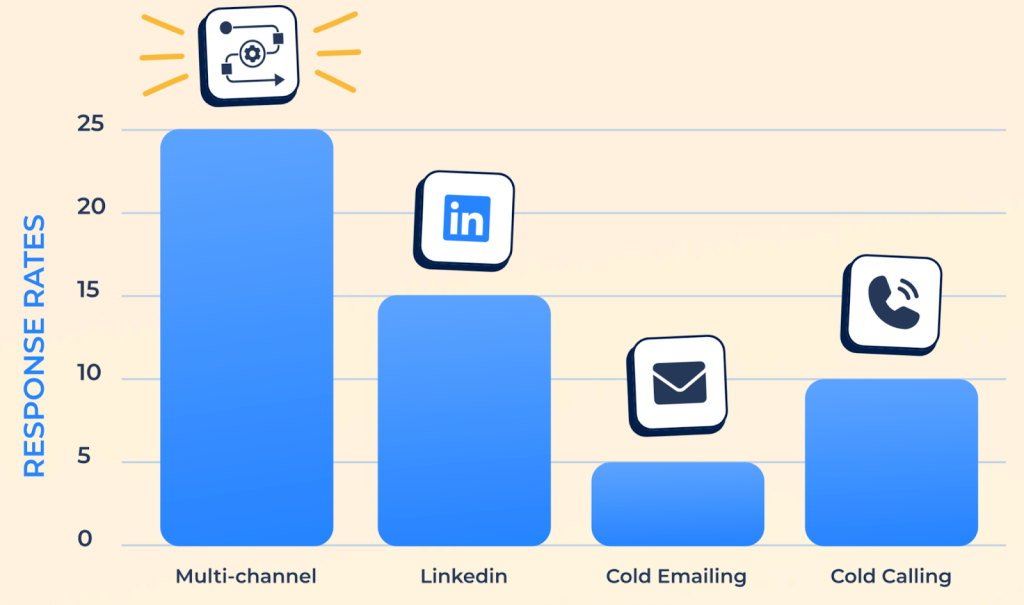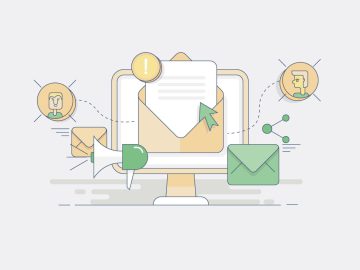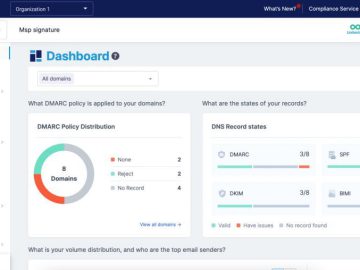Multichannel automation uses software to synchronise sales and marketing activities across multiple communication channels, such as email and social media like LinkedIn, for a B2B approach. This approach allows companies to engage with potential customers on their preferred platforms, boosting outreach and response rates.
In today’s sales environment, engaging new prospects requires multiple touchpoints across various channels. This social selling approach significantly enhances engagement opportunities.
Besnik Vrellaku, serial entrepreneur, investor and the CEO and founder of Salesflow.io, explores multichannel automation and how to implement it.
AI and Data Analytics
Automation in outbound prospecting leverages AI and data analytics to identify and target the right leads. By automating routine tasks, sales teams can focus on crafting personalised messages and strategies for specific market segments. Software can automate multiple touchpoints, such as 15 emails or LinkedIn interactions, freeing sales representatives to build relationships and gather accurate data on potential buyers. This can save around two days per week on prospecting, helping businesses scale efficiently. Scaling doesn’t always mean adding more staff; it often means using AI-powered features to increase the productivity of existing representatives and focus on high-value accounts.
Automated outreach improves response rates and conversion rates. Companies using automated outreach often see significant growth in their sales pipeline due to the efficient scaling of personalised outreach and better lead management. The graph below shows that multichannel outreach raises response rates by 10%.

The Future of Outbound Prospecting
The future of outbound prospecting will increasingly rely on AI and machine learning to predict customer behaviours and improve lead scoring. At Salesflow.io, we’ve been preparing for this by continually updating our software’s capabilities to include advanced analytics that help predict the most opportune times and methods for contacting potential clients. We’ve also focused on account-based lead prioritisation, with multi-contact account-based automation where it isn’t just a single contact prospecting but multiple people in the same company through multiple channels with several touch points which further increases chances of engagement.
Implementing Multichannel Automation
To effectively implement email outreach automation, businesses should focus on integrating all customer communication channels to provide a unified approach to outreach.
Maintaining clean, organised data and complying with privacy regulations is important. Data management tools and compliance features help ensure that businesses can maximise their outreach in a post-GDPR world, which is becoming increasingly important.
Ensuring high email deliverability is crucial in social selling automation, and this is where email warm-up tools become essential. Gradually increasing email volume helps build a positive sender reputation, reducing the risk of emails being marked as spam and avoiding IP blacklisting. This process ensures consistent inbox placement, optimising overall campaign performance and allowing for data-driven adjustments. By following best practices such as starting with engaged recipients, monitoring metrics and maintaining consistent sending patterns, businesses can improve their email strategy and ensure their messages reach their audience effectively.
Email enrichment and email validation are also crucial for ensuring the success of email marketing campaigns. Email enrichment magnifies the equality of your contact data by adding relevant information, enabling more personalised and targeted communication. Email validation ensures the accuracy of your email list, which reduces bounce rates and improves deliverability. This helps maintain a positive sender reputation and increases the likelihood of your email reaching the intended recipients.
Hyper-personalisation can be achieved by creating custom AI-enabled columns in data sets, known as ‘ice breakers’ or ‘custom variables’. This involves including specific details such as mentioning a particular article someone wrote, updates on their website, or bespoke terms related to their offers in a single column. When these contacts are imported, the system can automatically populate and distribute these custom variables in a defined sequence at scale. This approach allows for highly personalised and relevant communication, which improves response rates and improves the effectiveness of marketing campaigns.
Still unsure on multichannel automation?
Embracing email outreach automation offers a strategic advantage by enabling more personalised, timely, and effective communication with potential customers. Integrating various communication channels such as email, Linkedin, and social selling ensures replies from your direct outreach through preferred platforms, improving outreach and response rates.
Automation saves significant time for sales teams, allowing them to focus on personalised messages and strategies for specific market segments. This enhances productivity and facilitates managing high-value accounts, driving growth without necessarily increasing headcount. Automated outreach improves engagement and conversion rates, ensuring you secure that all-important meeting.
The future of outbound prospecting will rely on AI and machine learning to predict customer behaviours and improve lead scoring. To maximise the benefits of email outreach automation, businesses must integrate all communication channels, maintain clean data, and comply with privacy regulations. This holistic approach ensures a unified and effective outreach strategy, positioning businesses for sustainable growth and increased operational efficiency.




